This article explains the best food options for Medaka fish.
We will also provide a comprehensive explanation to clear up any doubts regarding whether processed feed or live food is better, and which food is the best choice for feeding Medaka fish.
The Importance of Food for Medaka Fish
Food is important when keeping Medaka. This is especially true for aquariums kept indoors, where a lack of nutrients can lead to the fish becoming underweight and eventually dying. For instance, at a tropical fish shop operating underground where there’s no sunlight, they provide a dish of bloodworms so the Medaka can eat freely.
On the other hand, care should also be taken not to overfeed or feed at inappropriate times. If you feed them right after a water change or when you’ve just brought new Medaka home, they may suffer indigestion and die. So, providing the proper amount of food is crucial for successfully keeping Medaka fish.
Basic Principles: Feed Medaka Multiple Times Daily, in Small Portions
Many Medaka shops and dealers recommend feeding Medaka several times a day, giving them just enough that they can finish eating within a few seconds each time.
Since Medaka don’t have a stomach, they can’t store food inside their bodies. Therefore, in the wild, they seem to graze on plankton and other microorganisms floating in the water throughout the day.
To simulate their natural feeding habits, it’s ideal to divide their daily feeding into three to five sessions.
Feeding them small portions also helps prevent indigestion, and leftover food won’t pollute the water as much.
Leaving Food in the Tank Is Also an Option
Another approach is leaving food in the tank. Similar to the tropical fish shop mentioned earlier, this allows the Medaka to eat whenever they want, creating a favorable feeding environment.
Here’s an English translation of the blog post while retaining the original HTML structure:
“`html
This article explains the best food options for Medaka fish.
We will also provide a comprehensive explanation to clear up any doubts regarding whether processed feed or live food is better, and which food is the best choice for feeding Medaka fish.
The Importance of Food for Medaka Fish
Food is important when keeping Medaka. This is especially true for aquariums kept indoors, where a lack of nutrients can lead to the fish becoming underweight and eventually dying. For instance, at a tropical fish shop operating underground where there’s no sunlight, they provide a dish of bloodworms so the Medaka can eat freely.
On the other hand, care should also be taken not to overfeed or feed at inappropriate times. If you feed them right after a water change or when you’ve just brought new Medaka home, they may suffer indigestion and die. So, providing the proper amount of food is crucial for successfully keeping Medaka fish.
Basic Principles: Feed Medaka Multiple Times Daily, in Small Portions
Many Medaka shops and dealers recommend feeding Medaka several times a day, giving them just enough that they can finish eating within a few seconds each time.
Since Medaka don’t have a stomach, they can’t store food inside their bodies. Therefore, in the wild, they seem to graze on plankton and other microorganisms floating in the water throughout the day.
To simulate their natural feeding habits, it’s ideal to divide their daily feeding into three to five sessions.
Feeding them small portions also helps prevent indigestion, and leftover food won’t pollute the water as much.
Leaving Food in the Tank Is Also an Option
Another approach is leaving food in the tank. Similar to the tropical fish shop mentioned earlier, this allows the Medaka to eat whenever they want, creating a favorable feeding environment.
Here’s the blog article translated into English, keeping the HTML tags intact:
“`html
title: What’s the Best Food for Medaka Fish? Which Is Better: Compound Feed or Live Food?
This time, I’ll explain the best food for Medaka fish. I will also thoroughly explain all the questions regarding their food, like whether compound feed or live food is better, and which specific foods are recommended.
Medaka Fish Food Is Important
Food is crucial in keeping Medaka fish. Particularly when kept indoors, it’s easy for them to become malnourished and thin, leading to death. Therefore, some tropical fish shops operating in underground locations where no sunlight reaches provide dishes with Tubifex worms, allowing Medaka fish to eat at their leisure.
On the other hand, it’s important to be careful not to overfeed and to pay attention to timing. If you feed them immediately after changing the water or just after purchasing new Medaka, it can cause indigestion and death. Thus, feeding them properly is essential for successful Medaka fish care.
Frequent and Small Feedings Are Essential
Most Medaka fish shops and suppliers feed the fish several times a day in small amounts, ensuring they finish eating in just a few seconds.
Since Medaka fish don’t have a stomach, they can’t store food. In the wild, they nibble on plankton floating around throughout the day.
That’s why feeding them three to five times daily, mimicking their natural environment, is ideal.
Moreover, giving them food in small amounts prevents indigestion and leftover food from contaminating the water.
Leaving Food in the Tank Is Also an Option
Another option is leaving the food in the tank, like the tropical fish shop underground that provides an environment where Medaka can eat whenever they want.
After they started using Tubifex worms, the number of deaths among Medaka fish decreased drastically. Despite having no exposure to sunlight, these fish lay eggs daily, even while packed in bags for sale.
However, leaving Tubifex worms in the tank requires frequent water changes as it can spoil the water quickly.
Using soil, aquatic plants, Daphnia, and Paramecia as live food can help, as any leftover food will continue to live in the tank, preventing water contamination. Medaka fish can eat whenever they’re hungry.
Additionally, slow-dissolving tablets like Cory tabs or Pleco food work well because they remain underwater. I currently give Corydoras food to my Medaka, and they love it.
Which Is Better: Live Food or Compound Feed?
Which is better for Medaka: live food like Daphnia or compound feed like powder feed? Live food promotes quicker growth and healthier adults. However, live food is expensive and challenging to manage.
Thus, even Medaka specialty shops often rely on compound feed, which is perfectly fine for hobbyists.
However, live food like Paramecia ensures a higher survival rate and faster growth for fry.
Feeding Medaka Outdoors
When raising Medaka outdoors, plankton naturally thrives in the water, so feeding isn’t necessary unless breeding or rapidly growing them. In that case, increasing feeding frequency or quantity is required.
Excessive feeding outdoors can pollute the water since filters aren’t feasible. So, avoid overfeeding except during breeding or rapid growth.
Recommended Compound Feeds
Here are some recommended compound feeds for Medaka, also called powder feed.
Hikari Medaka Feed for Breeding
Hikari’s Medaka Feed for Breeding is sold by major feed manufacturer Kyorin.
This feed is the most popular, used by everyone from beginners to professional breeders. Its high nutritional value makes it easier for females to produce eggs.
Since using it, my females are laying more eggs, and even those that didn’t lay eggs before are now producing twice as many.
It’s a versatile Medaka feed used by Guppy breeders and is inexpensive, making it ideal for those raising large quantities.
Kyorin has many other Medaka feeds, but if aiming for breeding, go with the gold package.
Honestly, all their products are fairly similar.
While there are subtle differences, I believe feeding frequency, quantity, and timing matter more than specific ingredients.
Still, since food is essential, it’s worth spending a little extra for high-quality feed from a reputable manufacturer.
Paraclear
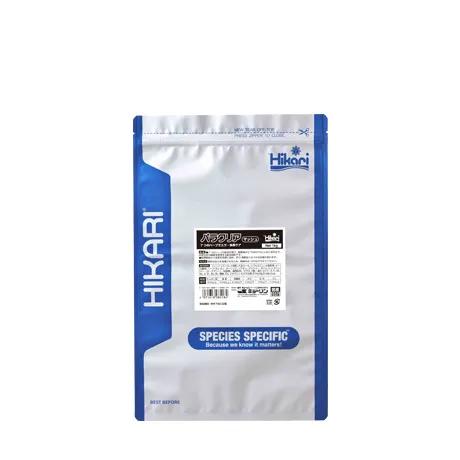
Paraclear is a compound feed sold by Kyorin that can eliminate parasites. It contains herbs that kill gill parasites and other pests, and it can completely eradicate them in three weeks.
I’ve tested Paraclear in tanks with disease issues, and it helped prevent infections.
It’s powdered so even fry can eat it, making it highly effective as Medaka feed.
Herbal remedies have long been used to treat parasites, so Paraclear is likely to prevent Medaka diseases.
Note: Paraclear contains antibacterial ingredients that can kill Daphnia and Paramecia.
High Grow
High Grow is a high-nutrition feed by Nichido, which many people use for Medaka.
It’s known for its high nutritional value and reducing emaciation, while promoting fry growth.
I used High Grow with Guppies, and it clearly improved growth.
As many Medaka breeders and shops use High Grow, it’s a trustworthy feed.
Medaka Zen
Medaka Zen, made by Nichido, is well-known for its disease prevention and mucous membrane strengthening.
Though I haven’t used it for Medaka, I feed my Goldfish their Medigold and Goldfish Zen. These foods effectively prevent illness, so Medaka Zen is likely to have similar benefits.
Wasabi Medaka Feed Premium Series
Wasabi is a feed for Medaka fry. Live food like Paramecia is best for fry, but Wasabi feed offers comparable survival rates.
Recently, it’s gained popularity despite its high price. It’s ideal for those raising high-quality fry and seeking a convenient alternative to live food.
Otohime B1
Otohime B1 is an aquaculture feed from Nisshin Marubeni. The series is widely used for ornamental fish because of its high palatability and nutritional value.
I’ve used Otohime for Medaka, Goldfish, Guppies, and Corydoras, and the fry grow much faster than with other feeds.
Otohime comes in various types, but B1 has the smallest granules.
My Medaka fry love Otohime, and the adults eat well too, helping them grow larger than with regular feeds.
Rise
Rise is an aquaculture feed finer than Otohime. I used it with Guppies, and they ate well, though the fine granules caused oil film formation and slightly polluted the water.
Be careful, but it’s still an excellent Medaka feed.
Main Food for Medaka
This feed by Comet is called Main Food for Medaka. I’ve used it, and they eat it just as well as Otohime.
It’s a great Medaka feed with no notable drawbacks, and it’s available at home centers.
Medaka Genki Breeding and Growing Food
Medaka Genki, from GEX, is a reliable feed loved by many, as it doesn’t pollute the water easily and is quite palatable.
Tetra Krillimin
Tetra Krillimin is a Medaka feed from global company Tetra. It’s affordable and widely used by Medaka enthusiasts and shops.
Hikari Crest Corydoras
Hikari Crest Corydoras, or Cory tabs, are tablet-shaped and remain underwater for hours, making them easy for Corydoras to eat.
Medaka love them too, and they swarm the tabs immediately.
When Unsure About Medaka Feed
If you’re unsure about Medaka feed, start with the gold package (Hikari Medaka Feed for Breeding). It’s highly nutritious and palatable.
This feed increased my egg count and encouraged non-breeders to start laying.
High Grow is also well-regarded by specialty stores, and aquaculture feeds like Otohime or Rise are great for those raising many Medaka.
Any commercial feed will work for hobbyists, whether Tetra, GEX, Kyorin, or Nichido. None of these will hinder growth or cause disease, so you can use them confidently.
“`
Let me know if you need any changes or further assistance!
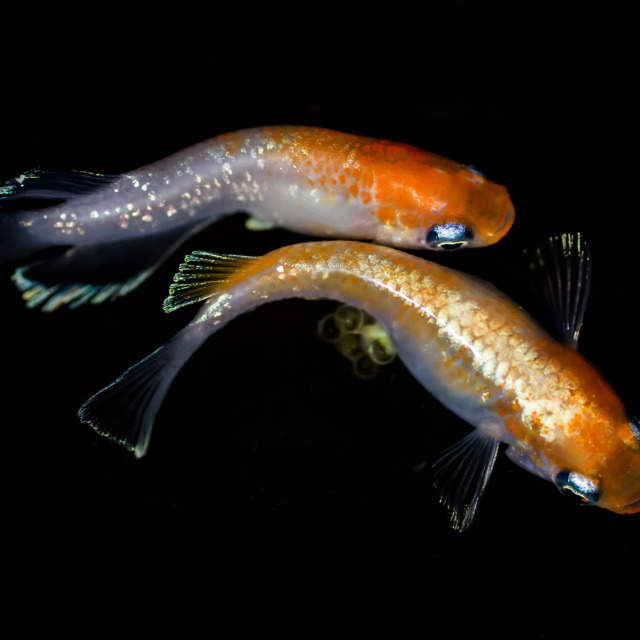

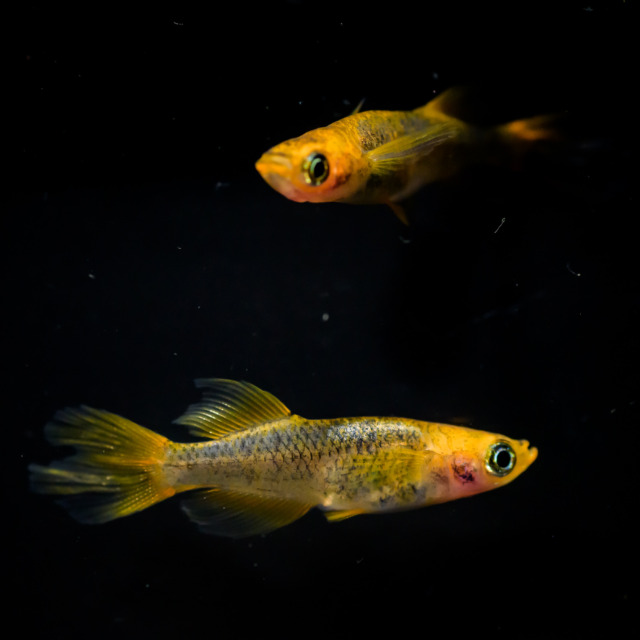

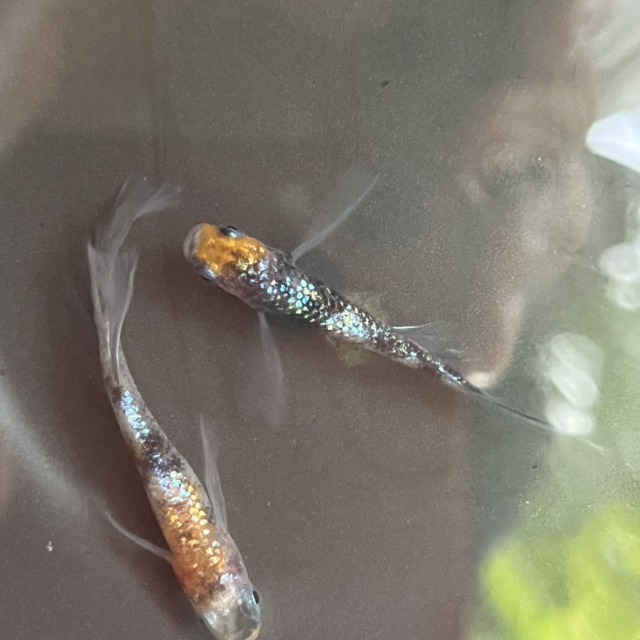
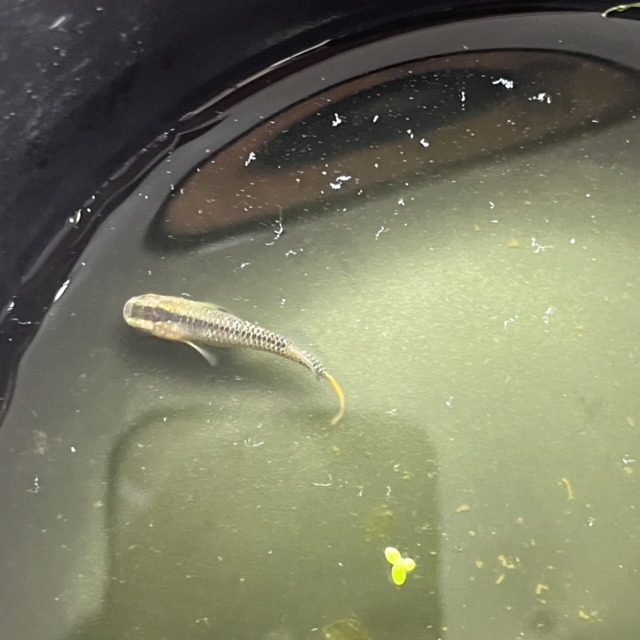
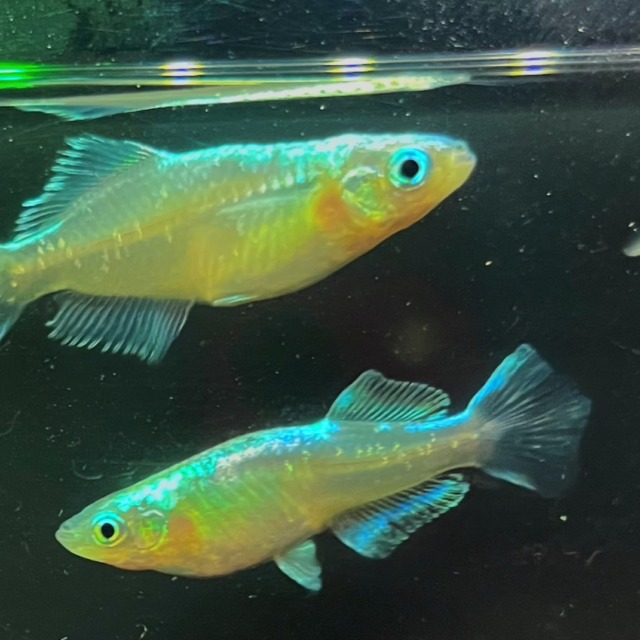
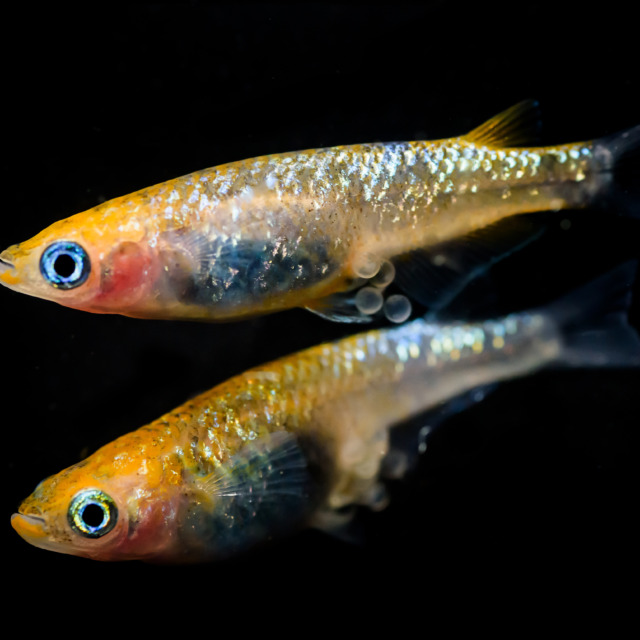




No comments yet.